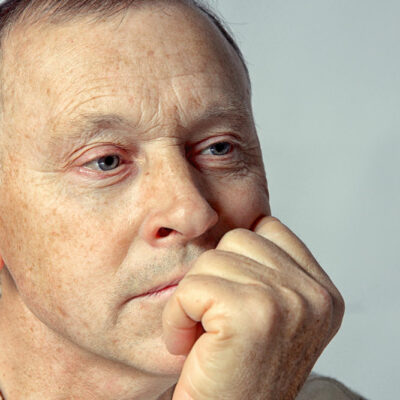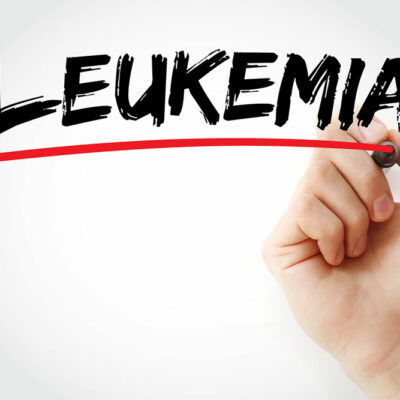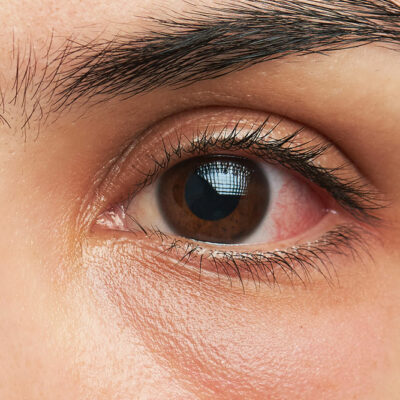
Mental Health
A complete overview of bipolar disorder
Bipolar disorder is also known as manic-depressive illness. It is a brain disorder which causes extreme fluctuations in moods. People with this disorder can feel very high and euphoric. The energy levels, activity levels, and the ability to carry out day-to-day tasks are highly incompatible, impulsive and random. This illness can destroy relationships and damage career prospects. It also affects academic performance and also leads to suicide. How does bipolar disorder occur? Bipolar disorder is categorized by alternating occurrences of: Mania : This is the state in which a person is in an extremely euphoric state and is highly active and energetic. Major depression : This state includes extreme hopelessness and even suicidal thoughts of a person. The fluctuations can be very severe, but the person may experience normal moods between the peaks and troughs. Types Bipolar disorder is of three fundamental types: Bipolar I disorder : This includes manic episodes that last for at least seven days. It is accompanied by abnormal behavior that disrupts life. Manic symptoms are so severe in some cases that the person needs immediate hospitalization. This type of depression lasts for at least two weeks. Bipolar II disorder : This type is quite similar to bipolar I disorder.
Read More 













